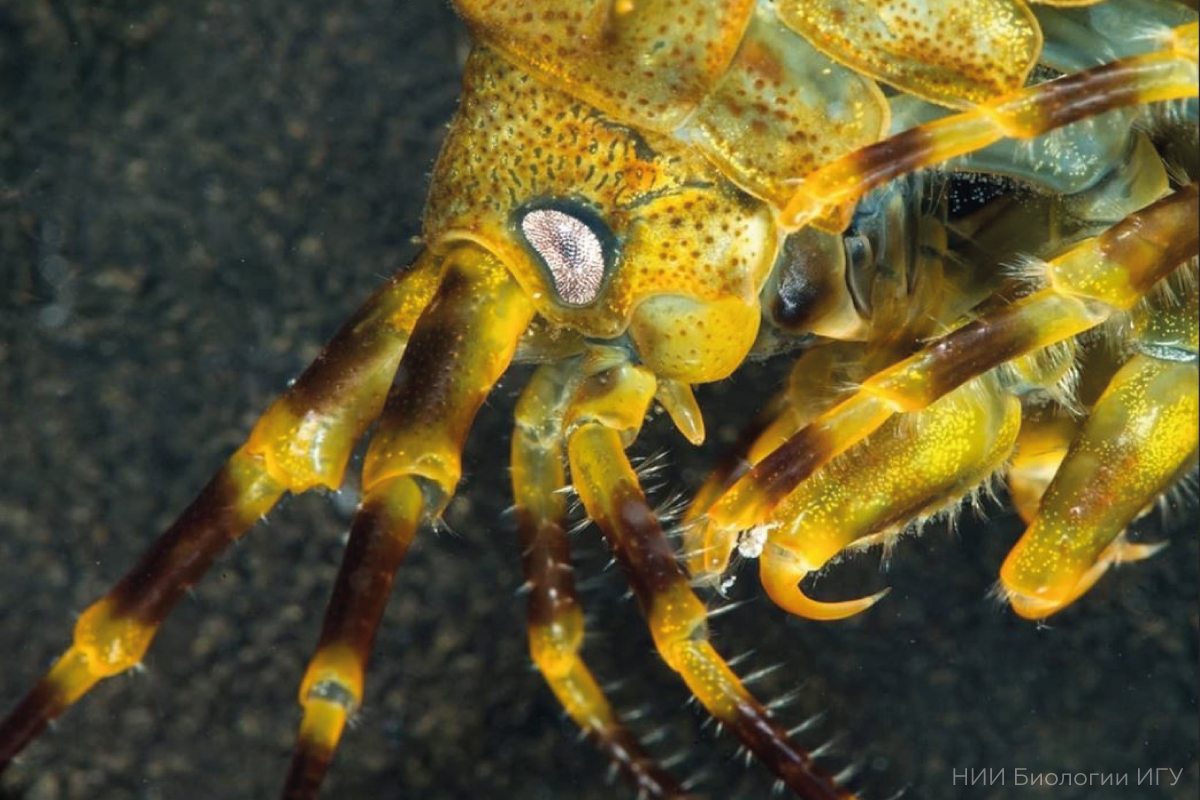Research of actinobacteria synthesizing antibiotics

February 2018 — December 2018
The Baikal ecosystem is known for its high degree of biodiversity and endemism. Special uniqueness is given to it by exceptional environmental conditions: constant low temperatures, low salinity and a high level of water saturation with oxygen. These and other factors allow us to assume with a high degree of probability the presence of biologically active compounds in the lake, the study of which will give scientists the opportunity to create new drugs that can fight various viruses.
The project «Assessment of the nature of symbiotic relationships of actinobacteria-producers of modern antibiotics – with endemic amphipods of lake Baikal» is aimed at implementing the priority direction of scientific research — the search, synthesis and production of highly effective biologically active substances, including antibiotics.
The research was carried out with the financial support of the Lake Baikal Foundation as part of the Baikal initiative grant competition for young scientists. The project Manager was Denis Aksenov-Gribanov, Ph. D., head of the extremophile biotechnical engineering group at the Institute of Biology of the ISU.
Further work will focus on the identification of antioxidants and their structure and properties.
Goal:
- screening of natural compounds and assessment of the biological role of biologically active substances produced by actinobacteria-symbionts of Baikal endemic amphipods.
Targets:
- provide grant support to the Institute of Biology of the ISU for the implementation of the relevant project;
- as part of the grant support to carry out the following works in 2018:
1) to conduct a comprehensive study of actinobacteria that are symbiotic to endemic amphipods of lake Baikal and conduct sampling of amphipods;
2) to test at least 10 standard highly nutritious media recommended for effective biosynthesis and isolation of secondary metabolites by actinobacteria;
3) to deduce new strains of actinobacteria and make a conclusion about the similarity of strains isolated from different depths and from different invertebrates;
4) to screen new biologically active compounds and determine the list of potential molecules with the properties of antibiotics;
5) to create a list of potential new biologically active compounds to study and identify new antibiotics.
What was done:
- The Foundation’s grant in 2018 amounted 400 thousand rubles.
- The funds were spent on completing the stated tasks, salaries for project employees and payment for services of third-party organizations.
Results:
- New strains of actinobacteria were found from crustaceans that live both in the water’s edge zone and at depths exceeding 500 meters.
- The diversity of genes-polyketid synthases and non-non-ribosomal peptid synthetases synthesizing antibiotics was evaluated.
- A preliminary assessment of natural compounds circulating in the hemolymph, i.e. the blood of crustaceans, was made.
- It was found that it is impractical to apply the classical approach of mass spectrometry and identification of natural compounds using databases, since only single natural compounds synthesized by crustaceans are registered in databases.
- An experiment was conducted on the exposure of Baikal endemic amphipods — inhabitants of the littoral — in conditions of high oxygen content.
For example, working with crustaceans of the species Ommatogammarus flavus and Ommatogammarus albinus, caught at depths of up to 200 meters, scientists have identified many actinobacteria that synthesize antibiotics. At the same time, researchers have not found any actinobacteria in crustaceans of this species that live at a depth of 300 meters, although it is known that this group of microorganisms is one of the most common in water and soil at this depth.
In other amphipods that live at a depth of 300 meters, these bacteria were found. What this indicates-while we can only guess. However, this fact is interesting in itself and now scientists are faced with the task of catching 500-700 grams of amphipods from a depth of 300 meters and extracting natural compounds from them. Then, using modern methods of chromatography and mass spectrometry, evaluate which compounds scientists have isolated, and who is the source of these compounds-bacteria or the crustaceans themselves.
Publications 2018
Ученые из Иркутска нашли в Байкале ранее неизвестные антибиотики, Ариг Ус, 21.08.2018
Новые антибиотики ищут на Байкале, Наука и жизнь, 31.07.2018
Фонд «Озеро Байкал» объявил грантовый конкурс инициатив по развитию природной территории, Твой Иркутск, 23.03.2018
Конкурс от фонда «Озеро Байкал», Глагол. Иркутское обозрение, 23.03.2018
Мотивировать сохранять Байкал, РБК, 22.03.2018
Publications 2017
Проект НИИ биологии ИГУ получит поддержку фонда «Озеро Байкал», Иркутский Государственный Университет, 03.11.2017
Фонд «Озеро Байкал» поддержит проект НИИ биологии ИГУ, Иркутская Торговая Газета, 03.11.2017,
Проекты изучения бактерий, водных птиц и мониторинга природы на Байкале получат гранты, ТАСС Наука, 30.10.2017
Выбрали победителей конкурса «Байкальская инициатива», Байкал Daily, 26.10.2017
Объявлены победители конкурса «Байкальская инициатива», ИА Иркутск Сегодня, 26.10.2017
«Байкальская инициатива» продолжит «Год экологии», Электронная библиотека «Наука и Техника», 25.10.2017
Определили победителей конкурса «Байкальская инициатива», Твой Иркутск, 16.10.2017

